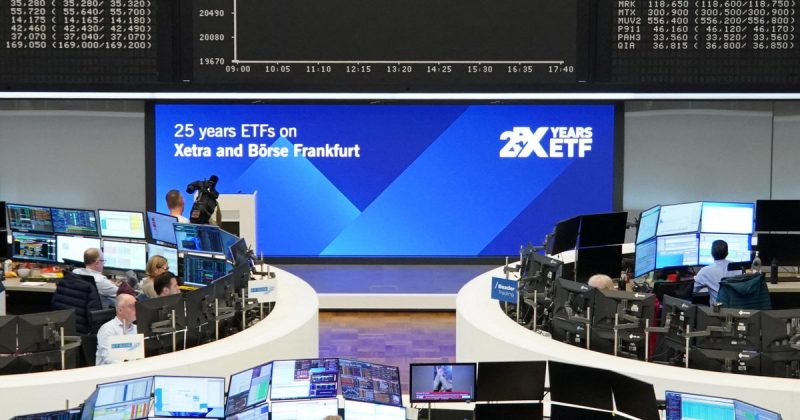
Global markets experienced a dramatic surge on Thursday, fueled by President Trump’s announcement of a 90-day pause on most planned tariff hikes. Japan’s Nikkei 225 index led the charge, soaring over 9%, reflecting a wave of relief across Asia. European markets also saw significant gains, with the DAX in Germany jumping over 8% and London and Paris benchmarks exceeding 6%. This positive reaction followed a record-breaking day for US stocks on Wednesday, where investors celebrated the initial news of the tariff delay.
However, the euphoria wasn’t universally felt. While Asian markets celebrated, US futures dipped, with the S&P 500, Dow Jones, and Nasdaq futures all showing declines. This divergence highlights the complexities of the situation, particularly given that the tariff pause explicitly excluded China. Chinese shares saw more modest gains, reflecting the ongoing trade tensions between the US and China. Oil prices also fell, often interpreted as a sign of decreased investor confidence in future economic activity.
The market’s dramatic swings underscore the significant impact of Trump’s trade policies. Analysts describe the shift as a move from “fear to euphoria,” highlighting the volatility inherent in the current global economic climate. While the 90-day pause offers a temporary reprieve, the exclusion of China maintains a significant source of uncertainty. The ongoing trade war between the world’s two largest economies remains a considerable risk factor, capable of triggering further market fluctuations.
The relief rally on Wednesday was particularly noteworthy, considering the prior concerns about the potential for a deeper economic downturn. The S&P 500’s impressive 9.5% surge pulled it away from the brink of a bear market, a testament to the market’s sensitivity to Trump’s trade decisions. This underscores the powerful influence of the president’s actions on investor sentiment and the broader economy.
The 90-day pause, while welcome, doesn’t resolve the underlying trade tensions. The continued high tariffs on Chinese goods, along with the overall uncertainty surrounding the future of US trade policy, suggests that the market’s volatility may persist. The coming months will be crucial in determining whether this pause represents a genuine de-escalation or merely a temporary lull in the ongoing trade war.










